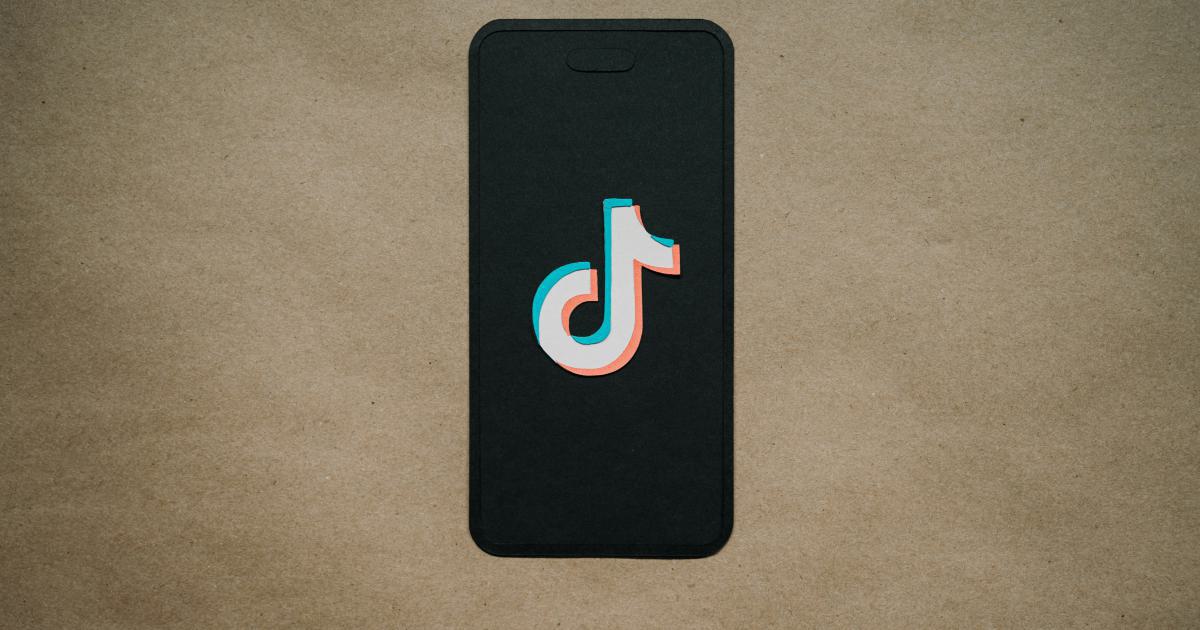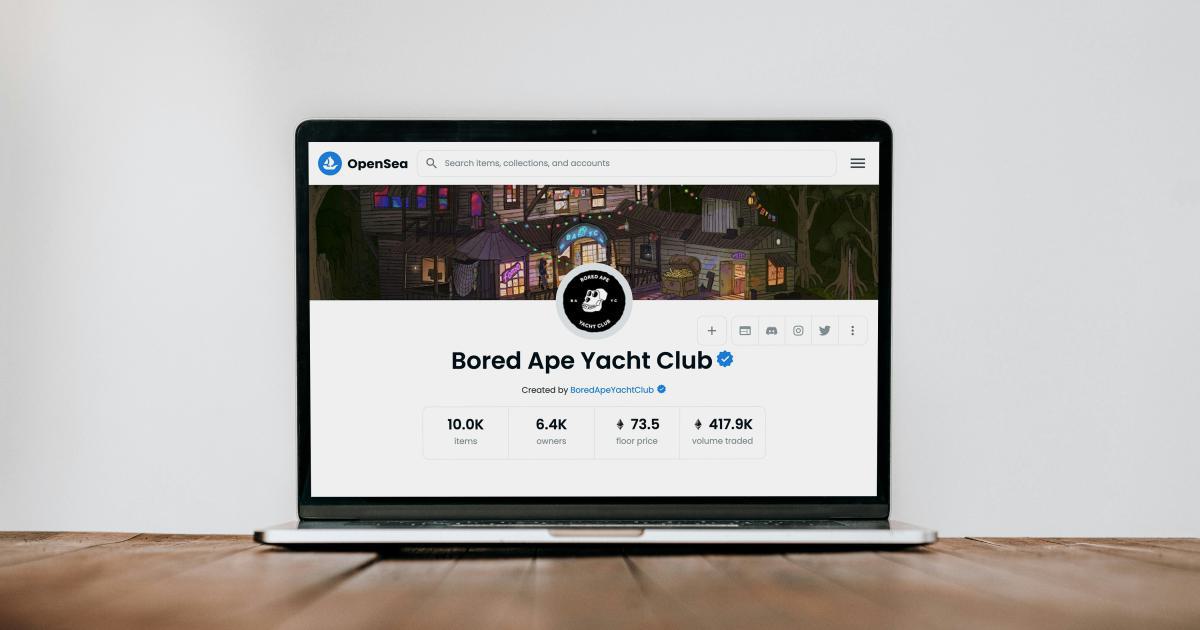Maximizing Content Mileage: Repurposing Techniques for Multiple Platforms


The Importance of Content Repurposing
In today's digital landscape, content is the lifeblood of any successful marketing strategy. Brands and businesses invest significant time and resources into creating high-quality content, from blog posts and social media updates to videos and podcasts. However, the challenge lies in maximizing the reach and impact of this content across multiple platforms and channels.
Enter the concept of content repurposing - the art of transforming existing content into new formats, adapting it for different audiences, and extending its shelf life. By repurposing your content, you can amplify your message, engage a wider audience, and extract more value from your initial investment.

In this comprehensive article, we'll explore the various techniques and strategies for repurposing your content to achieve maximum mileage and impact across multiple platforms.
The Benefits of Content Repurposing
Embracing content repurposing can unlock a wealth of benefits for your business or brand. Here are some of the key advantages:
1. Increased Reach and Visibility
By repurposing your content, you can expose it to new audiences on different platforms, increasing your overall reach and visibility. For example, turning a blog post into a video or a social media series can help you connect with viewers who prefer visual content.
2. Enhanced Content Efficiency
Repurposing your content allows you to maximize the value of your initial investment. Instead of creating entirely new content from scratch, you can leverage your existing assets and adapt them for various formats and channels, saving time and resources.
3. Improved SEO and Discoverability
When you repurpose your content, you create additional opportunities for it to be found by your target audience. Each new version of your content can be optimized for search engines, increasing the chances of it appearing in relevant search results and improving your overall search engine visibility.
4. Consistent Messaging and Branding
By repurposing your content, you can ensure a consistent brand voice and messaging across multiple touchpoints. This cohesive approach helps strengthen your brand identity and reinforces your positioning in the minds of your audience.
5. Increased Engagement and Interaction
Different people engage with content in different ways. By repurposing your content, you can cater to the preferences and habits of your audience, leading to higher engagement levels and more meaningful interactions.

Repurposing Techniques and Strategies
Now that we've established the importance of content repurposing, let's dive into the specific techniques and strategies you can use to maximize the mileage of your content.
1. Blog Post to Video
One of the most common and effective forms of content repurposing is turning a blog post into a video. This allows you to reach a new audience on platforms like YouTube, Instagram, and TikTok, where video content is often preferred.
When repurposing a blog post into a video, consider the following:
- Condense the key points and create a concise, engaging script
- Incorporate visuals, graphics, and animations to support the narrative
- Optimize the video for search engine discoverability by including relevant keywords in the title, description, and tags

2. Webinar to on-Demand Content
If you've previously hosted a live webinar, you can repurpose that content into various on-demand formats, such as:
- Pre-recorded video lessons
- Downloadable slide decks
- Podcast episodes
- Interactive online courses
This allows your audience to access the information at their convenience, while also generating new leads and revenue streams through gated content or paid offerings.

3. Podcast Episodes to Transcripts and Blog Posts
Podcasts are a popular medium for consuming content, but their audio-only format can limit their discoverability and accessibility. By repurposing your podcast episodes into written content, you can:
- Create detailed transcripts that can be optimized for search engines
- Develop blog posts that expand on the key topics discussed in the podcast
- Publish excerpts or excerpts as standalone social media posts
This cross-pollination of content formats can help you reach a wider audience and improve your overall content visibility.

4. Social Media Content Repurposing
Social media platforms offer a wealth of opportunities for content repurposing. Some effective strategies include:
- Turning Instagram Stories or TikTok videos into short-form YouTube Shorts
- Compiling a series of Instagram posts into a longer-form blog post or video
- Extracting key quotes or insights from your content and sharing them as standalone social media updates
By repurposing your social media content, you can extend its lifespan, drive more traffic to your primary platforms, and foster deeper engagement with your audience.

5. Leveraging User-Generated Content (UGC)
User-generated content, such as customer reviews, testimonials, and social media posts, can be a valuable source for content repurposing. By curating and incorporating UGC into your marketing materials, you can:
- Enhance the authenticity and credibility of your brand
- Showcase your customers' experiences and perspectives
- Generate new types of content, such as case studies or customer spotlights
Remember to always obtain proper permission and attribution when repurposing user-generated content.

6. Repurposing for Different Platforms and Formats
Beyond the specific techniques mentioned above, you can apply a more versatile approach to content repurposing. Consider how you can adapt your content for different platforms and formats, such as:
- Converting a long-form blog post into a series of social media posts
- Transforming a whitepaper or eBook into a visual infographic
- Extracting key takeaways from a webinar and presenting them as a slide deck or a short-form video
The key is to understand the unique characteristics and preferences of your target audience on each platform, and then tailor your content accordingly.

Overcoming Challenges in Content Repurposing
While content repurposing can be a powerful strategy, it's not without its challenges. Here are some common hurdles you may encounter and how to address them:
1. Maintaining Authenticity and Relevance
When repurposing content, it's crucial to ensure that the new version retains the authenticity and relevance of the original. Avoid simply copying and pasting content; instead, focus on adapting it to the specific platform and audience.
2. Avoiding Duplicate Content Penalties
Search engines typically penalize websites for publishing identical or highly similar content across multiple pages. To overcome this, make sure to introduce unique elements, such as new angles, additional insights, or platform-specific formatting, when repurposing your content.
3. Ensuring Consistent Branding and Messaging
As you repurpose your content across different formats and platforms, it's essential to maintain a consistent brand voice, visual identity, and key messaging. This helps to reinforce your brand's positioning and create a cohesive experience for your audience.
4. Balancing Time and Resource Constraints
Repurposing content can be time-consuming, especially if you're doing it at scale. It's essential to find the right balance between the time and resources invested in content creation and the potential benefits of repurposing.
5. Measuring the Effectiveness of Repurposed Content
Tracking the performance of your repurposed content is crucial to understanding its impact and informing future content strategies. Utilize analytics tools and metrics to measure engagement, traffic, conversions, and other relevant KPIs for each repurposed piece of content.

Practical Applications and Real-World Examples
To illustrate the practical applications of content repurposing, let's explore a few real-world examples:
Case Study: Hubspot's Repurposing Strategy
Hubspot, a leading marketing and sales software company, is renowned for its content marketing prowess. They have a dedicated team that systematically repurposes their blog posts, webinars, and other content assets into a variety of formats, including:
- Converting blog posts into video scripts for their YouTube channel
- Transforming webinar recordings into on-demand video courses
- Extracting key points from their content and sharing them as social media updates
This strategic approach has helped Hubspot maintain a consistent content presence across multiple platforms, reaching a broader audience and driving increased engagement and lead generation.
Example: Repurposing a Podcast Episode
Let's say you have a successful podcast episode that discusses the latest trends in your industry. To maximize the mileage of this content, you could consider the following repurposing strategies:
Transcript and Blog Post: Create a detailed transcript of the episode and use it as the foundation for a blog post that expands on the key topics discussed.
Social Media Snippets: Extract short, engaging quotes or insights from the episode and share them as standalone social media updates, accompanied by relevant hashtags and visuals.
Video Highlights: Incorporate footage from the podcast recording and turn it into a short-form video for platforms like YouTube or Instagram Reels.
By repurposing a single podcast episode in these ways, you can reach a wider audience, improve your search engine visibility, and foster deeper engagement with your content.

Example: Repurposing a Webinar for On-Demand Content
Suppose you've recently hosted a popular webinar on a topic that's relevant to your target audience. To extend the lifespan and reach of this content, you could consider the following repurposing strategies:
Pre-recorded Video Lessons: Edit the webinar recording and turn it into a series of on-demand video lessons that can be hosted on your website or a learning management system.
Downloadable Slide Deck: Provide the webinar slides as a downloadable resource, either as a standalone asset or alongside the video lessons.
Podcast Episode: Extract the audio from the webinar recording and publish it as a standalone podcast episode, potentially with additional commentary or insights.
By repurposing the webinar content in these formats, you can offer your audience more flexibility in how they consume the information, while also generating new leads and potential revenue streams through gated or paid access to the content.

Conclusion: Unlocking the Full Potential of Your Content
Content repurposing is a powerful strategy that can help you maximize the impact and reach of your marketing efforts. By transforming your existing content into new formats and adapting it for different platforms, you can:
- Increase your overall content visibility and discoverability
- Engage a wider audience and foster deeper interactions
- Streamline your content creation process and extract more value from your initial investments
- Maintain a consistent brand identity and messaging across multiple touchpoints
As you embark on your content repurposing journey, remember to stay agile, experiment with different techniques, and continuously measure the performance of your repurposed content. By doing so, you'll unlock the full potential of your content and drive sustainable growth for your business or brand.
Further Reading
- The Ultimate Guide to Content Repurposing
- 7 Effective Ways to Repurpose Your Content
- How to Repurpose Content for Maximum Exposure
- The Art of Content Repurposing: 10 Tactics to Try
- The Definitive Guide to Content Repurposing